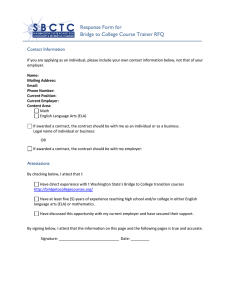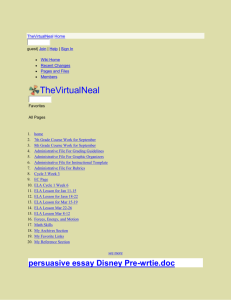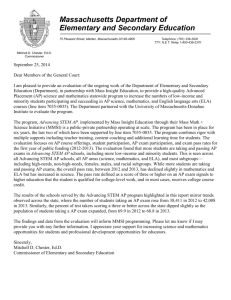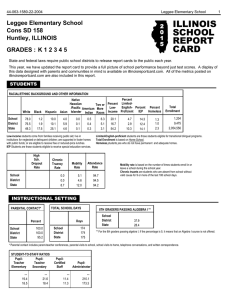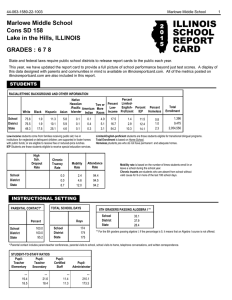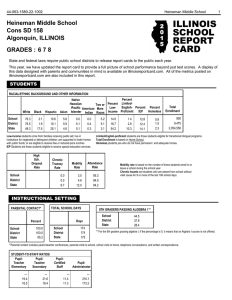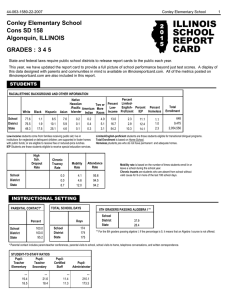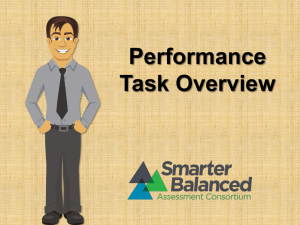PA Core Standards - Deer Lakes School District
advertisement
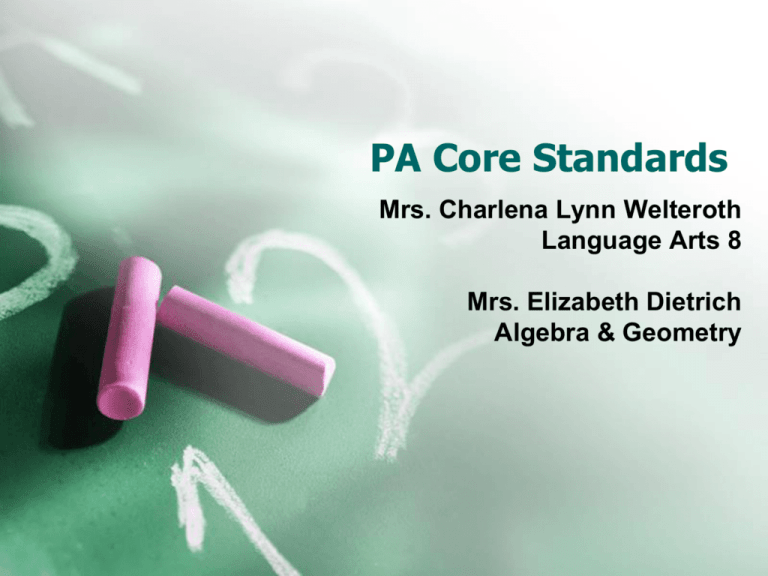
PA Core Standards Mrs. Charlena Lynn Welteroth Language Arts 8 Mrs. Elizabeth Dietrich Algebra & Geometry What do the PA Core Standards mean for parents? • They describe exactly what your child(ren) should learn by the end of each grade level. • They establish clear expectations for students, which better enables parents, teachers and children to work toward shared goals. • They shift instructional intent from high school completion to college and career readiness. Deer Lakes intends to prepare students for opportunities beyond high school. • Requires content to be taught at a much greater depth. • Curriculum and assessments will evolve to align with the PA Core Standards. • Curriculum and classroom instruction will be much more rigorous for students in Pennsylvania. How has Deer Lakes responded? • Our district has been very proactive with regard to changes involving the PA Core Standards. Training on changes in standards and instruction was provided to ELA and Math teachers by the Allegheny Intermediate Unit. Math and ELA curriculum revisions were conducted with the assistance of the AIU. Teachers in Math, Science, and ELA were trained to provide instruction that meets the new PA Core Standards via the prestigious National Math and Science Initiative (NMSI) What changes can I expect for my child in Language Arts? • Vocabulary instruction will change. Previously we used the Sadlier-Oxford Vocabulary Workshop as a text. • Vocabulary will now be taught in context. Words will be pulled from the text being studied in class. • Students will learn to “pull apart” words and decipher meaning via affixes, and Greek/Latin roots. Writing Instruction Writing prompts will require a more complex thought process under the new standards. • Prompt under previous system: >Write about a place that you would like to visit someday. • Prompt under PA Core Standards: >Discuss how honesty/dishonesty helps to shape the identity of the main character. -Requires students to use evidence from the text. -Requires an academic stance. -Requires a much deeper understanding of the text as well as a more mature thought process. Reading instruction • Students will be required to read text on their own. Students will not be “read to” and the use of audio CD’s is discouraged. • Students will be asked to perform a “close read.” This may mean annotating the text (making comments in the margins) or answering questions that require an interpretation of the text rather than just “looking for the obvious.” • Students should no longer receive “study guides” that contain a list of story questions and answers to study. • Test questions will go above the “obvious” and may appear as multiple questions. What is the tone of this particular passage? Please choose the words that support the development of this tone. (choose ALL that apply) Teachers will begin to rely more on essay responses for assessment rather than multiple choice questions. Math Instruction 6-8 • Make sense of problems and persevere in solving them. Problem Solving is integrated in every lesson through questioning and investigation instead of having one section at the end of the chapter. • Reason abstractly and quantitatively. Students will transfer from a verbal or written interpretation to a mathematical statement written using mathematical symbols and vice versa. • Construct viable arguments and critique the reasoning of other. Students will justify their answers and use error analysis to find the mistakes in other’s work. Mathematics 6-8 • Model with mathematics. Students may apply ratios and proportions in planning an event • Use appropriate tools strategically. Technology incorporated when appropriate so as not to undermine the development of number sense. Creation of visual representation will be emphasized in every course. • Attend to precision. Students will explain clearly using appropriate math vocabulary. Mathematics 6-8 • Look for and make use of structure. • Look for and express regularity in repeated reasoning. Students will reflect on their answers in an attempt to determine the validity of the process that they used and make connections to previous learning outcomes.



